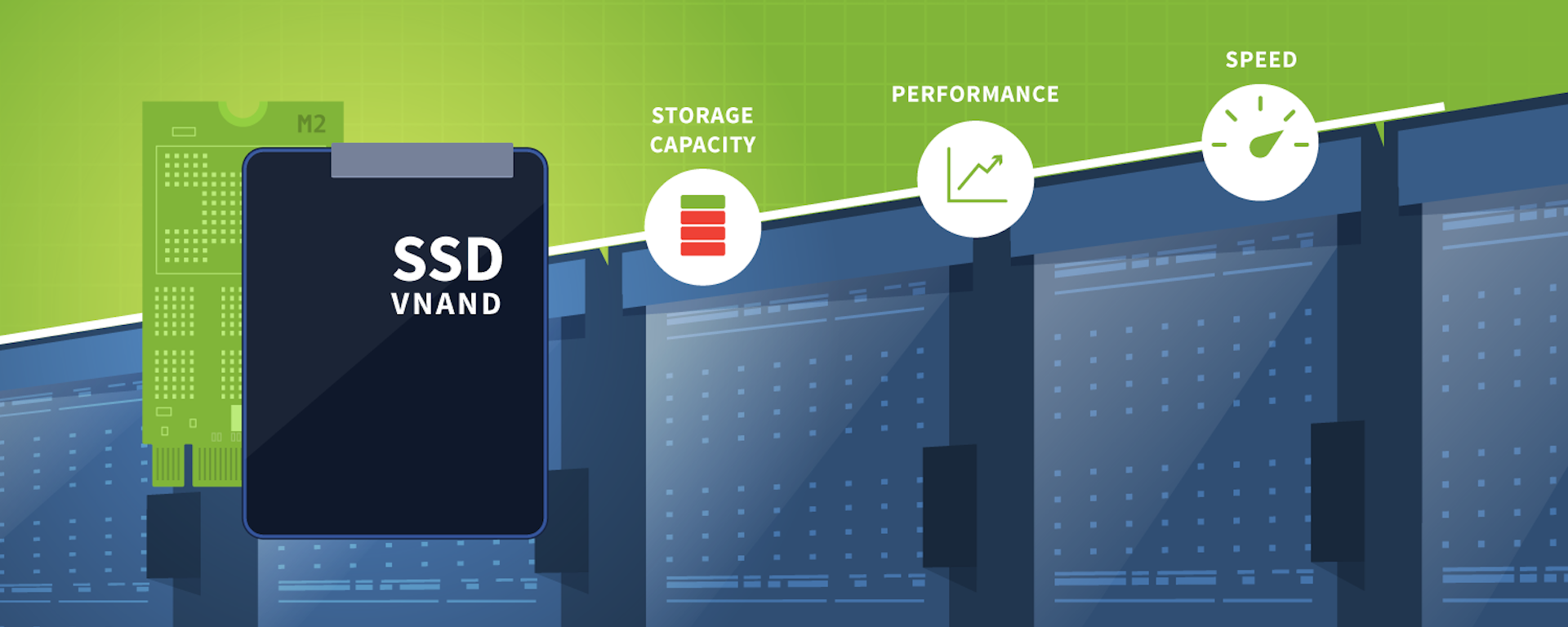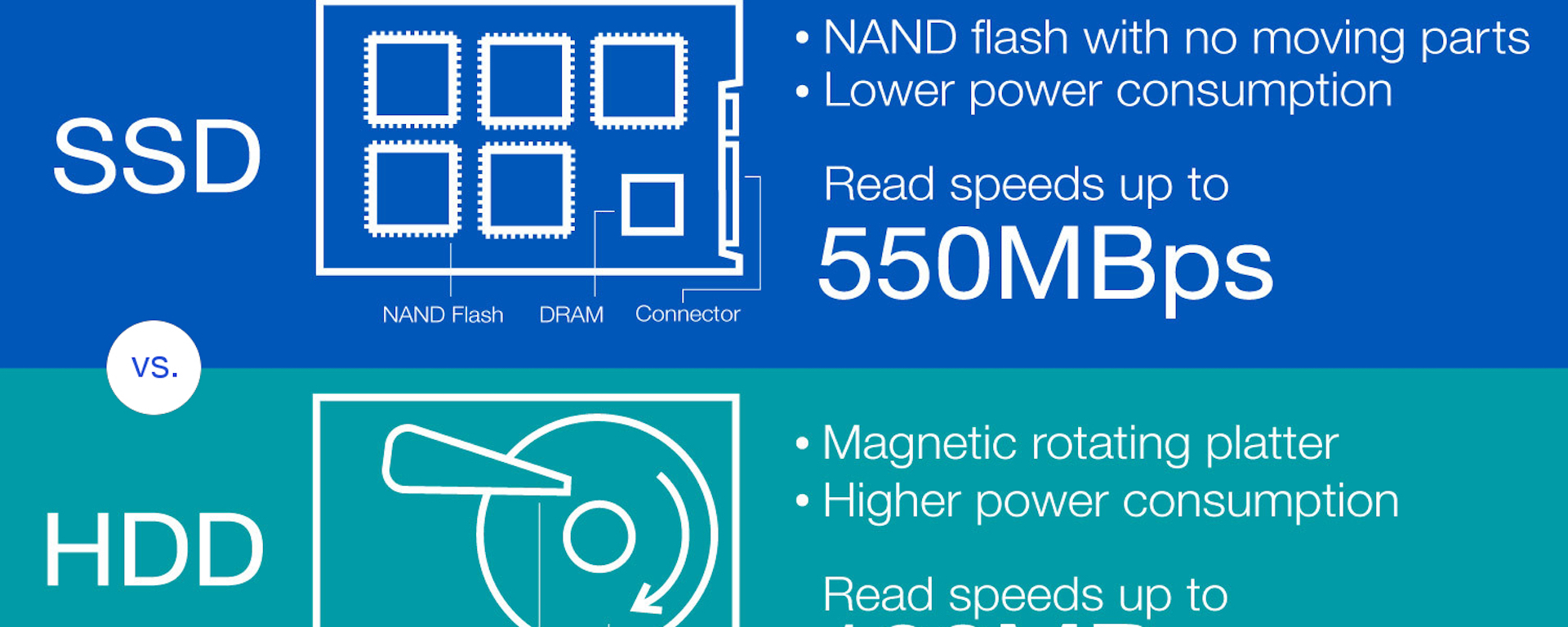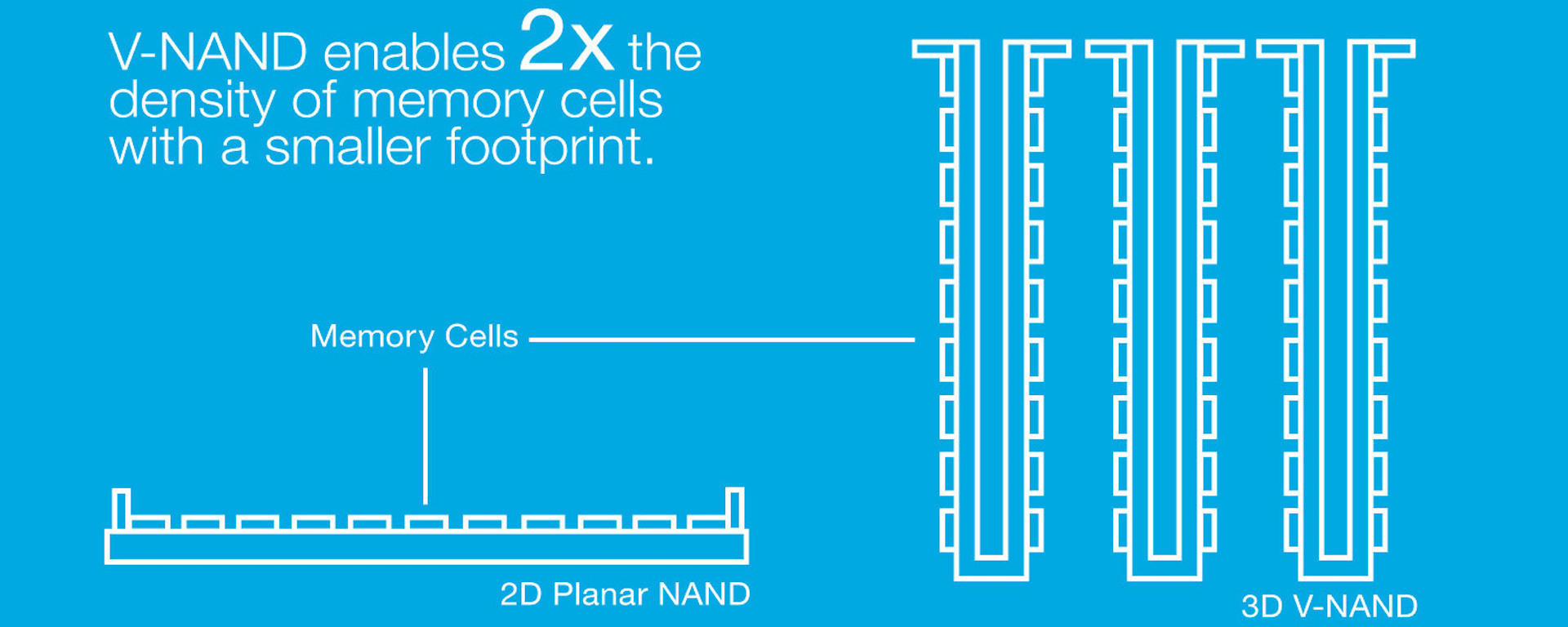
Big Data SSD Architecture: Digging Deep to Discover Where SSD Performance Pays Off
Find out how to choose the right type of SSD architecture for your big data environment.
Get the latest insights from Samsung delivered right to your inbox.
Follow Us
Get the latest insights from Samsung delivered right to your inbox.
Logan Harbaugh is an IT consultant and reviewer. He has worked in IT for over 20 years, and was a senior contributing editor with InfoWorld Labs as well as a senior technology editor at Information Week Labs. He has written reviews of enterprise IT products including storage, network switches, operating systems, and more for many publications and websites, including Storage Magazine, TechTarget.com, StateTech, Information Week, PC Magazine and Internet.com. He is the author of two books on network troubleshooting.

Find out how to choose the right type of SSD architecture for your big data environment.

2015 storage trends have brought huge changes to the solid state drive (SSD) market this year — including M.2 SSDs and 3D V-NAND technology.

As organizations look to do more with less, many enterprises are looking to increase their SSD storage capacity without sacrificing space.

While cost is often a major factor for IT departments, the increased productivity and long-term performance benefits of SSD are well worth the investment.

Samsung has pioneered a new storage technology, 3D NAND, by stacking multiple layers on top of one another to increase speed, efficiency, and longevity.

IT professionals looking for a way to improve server performance can find big gains in Samsung's line of enterprise solid state drives (SSDs).